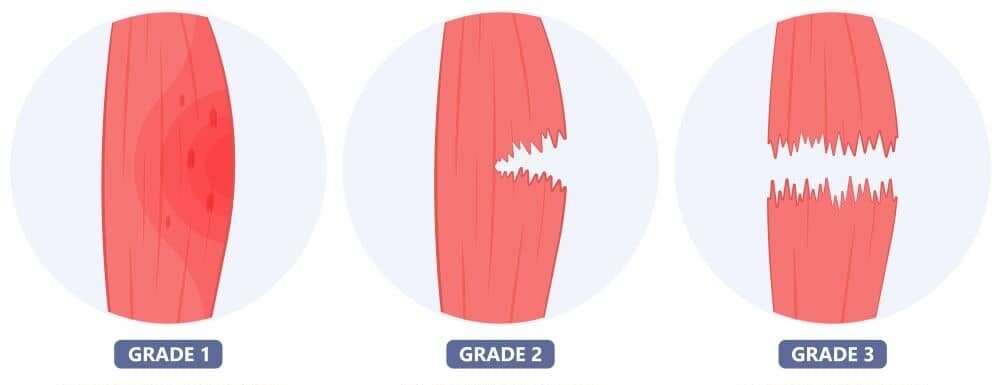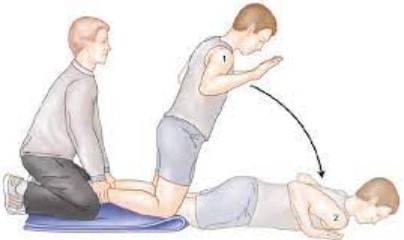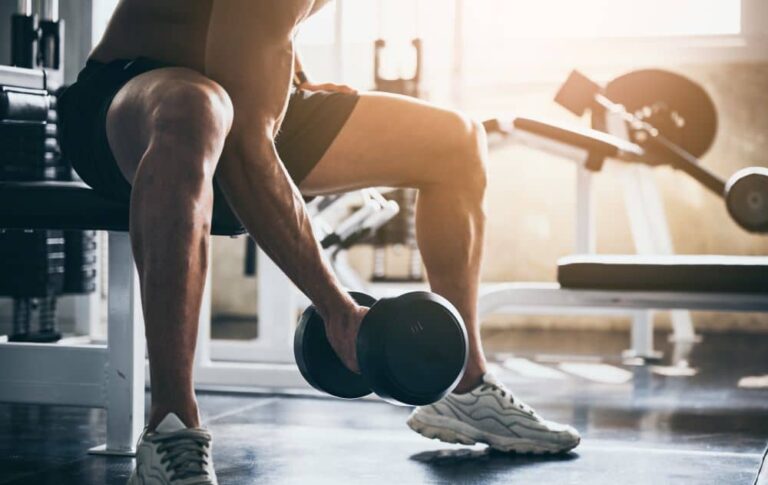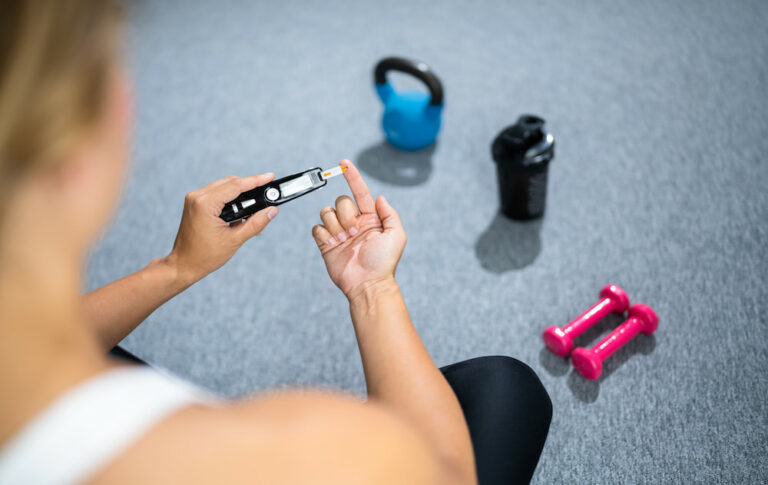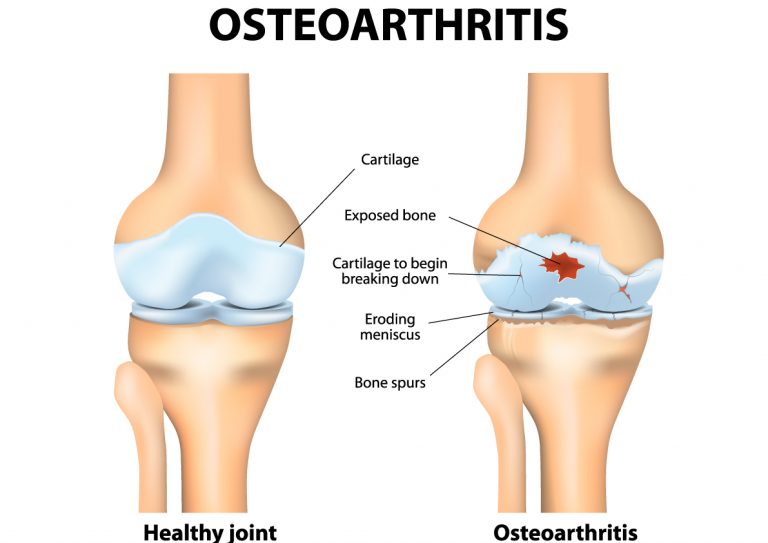
One of the most common lower-body injuries affecting those participating in sport is the dreaded hamstring tear. Between 8-25% of amateur and professional athletes will experience a degree of hamstring tear at some point in their career (1).
Not only will this injury sideline your participation from sport anywhere between 2-weeks to indefinitely, but the chance of reinjuring the affected hamstring is also estimated to be between 30% to as high as 60-70% (1), further affecting participation and possibly quality of life in the future.
Risk Factors
Knowing and understanding the risk factors that are linked with hamstring tears may be the difference between a hamstring tear and remaining healthy. Risk factors can be separated into two categories, modifiable and nonmodifiable risk factors (1,2).
Modifiable risk factors include changeable factors that differ on a day-to-day basis and/or throughout physical activity. These factors include and are not limited to (1,2):
- Fatigue
- Lower hamstring strength
- Lack of a thorough warmup
- Increased training volume
- Lack of muscle flexibility
- Biomechanical problems
Non-modifiable risk factors include those that cannot be altered or changed on a day-to-day basis. These include (1,2):
- Age
- Gender
- Previous hamstring or lower-body injury
Additionally, athletes need to be aware of sport-specific risk factors that may place them in a predisposed state of developing a hamstring tear. More specifically, the higher level of competition plus the more often they run/kick, leads to the greater possibility of a hamstring tear (1,3-4).
Signs and Symptoms
As hamstring tears are an extremely common injury, it is vital to understand the common signs and symptoms associated with one. This will help in identifying when a hamstring tear has occurred, reducing the tissue damage dealt, and assisting in the recovery and healing of the injured tissue.
Common signs and symptoms to look out for include (1, 4-6):
- Swelling
- Bruising
- Redness around the affected area
- Painful at rest
- Painful when the muscle or related joint is being activated
- Weakness of the affected muscle
- Inability to contract the muscle at all
- For complete tears, you may see the muscle shift under the skin and appear either distorted or ‘shrunk’.
Why Are Hamstrings So Susceptible to Tearing and Injury? (1)
Hamstrings become susceptible to tearing when large amounts of stress go through the muscles /tendons. This may occur through aggressive running, inadvertent physical contact, changing of direction or any other reason. This is generally not a concern for those participating in leisurely physical activity and mild competitive sports, but as the intensity increases and the running becomes harder and faster, so too does the stress placed on the hamstrings. Making them predisposed to tearing if not properly trained for.
Different Grades of Tears (6)
3 degrees of muscle tears can occur, each indicating the level of severity of the tear.
These 3 categories are:
- Grade 1: A Grade 1 Tear signifies <5% of muscle fibres of the affected muscle have been damaged and torn, resulting in a minor loss of strength and motion. Can be fully healed within 2-3-weeks.
- Grade 2: Extensive damage has occurred to the muscle with >5% of muscle fibres damaged; although the muscle hasn’t completely torn. This results in a significant loss of strength and motion and may require 2-3 months of recovery depending on the location and rehabilitation of the individual.
- Grade 3: A complete tear of the muscle/tendon has occurred. These injuries may present both visually and through touching of the muscle; however, swelling may make this difficult to determine. This will result in complete strength and mobility loss and sometimes requiring surgery to reattach the damaged muscle/tissue. The recovery time may last for an extended period, especially if the surgery takes place, lasting anywhere from a few months to >10 months.
Treatment Recommendations: (1, 4-6)
Best Way to Help Repair Grade 1 & 2 Tears
As Grade 1 & 2 tears generally indicate less tissue damage compared to a grade 3 tear; a conservative approach is best undertaken with supervision from your GP. The most important period once the injury has occurred is the first week after injury. This period is key to minimising inflammation and swelling to have a successful and quick recovery.
The best way to help ease the symptoms associated with a torn hamstring is through the RICE acronym and NSAID’s (Non-Steroidal Anti-inflammatory drugs) such as ibuprofen (with GP supervision).
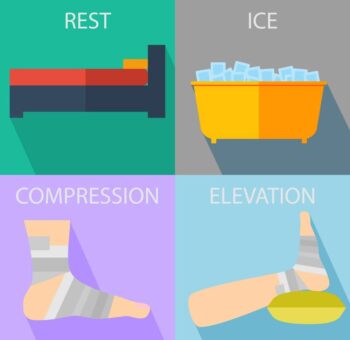
I – Ice; Ice the affected muscle. Make sure to keep a cloth or a protective layer between the ice and your skin to avoid ice burns.
C – Compress; Keep the affected and painful area compressed to manage the swelling and inflammation to the best of your ability before seeking medical advice.
E – Elevate; Keep the leg elevated to ensure that the circulating blood doesn’t collect and increase the swelling of the injured area, extending the recovery period.
By following this simple guide and with supervision from your GP, acute hamstring tears will be given the best chance to quickly and safely recover.
Best Way to Help Repair a Grade 3 Tear
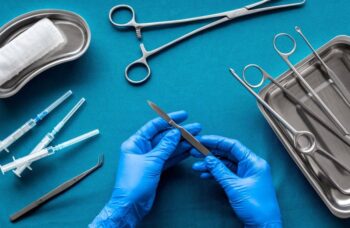
As grade 3 tears involve the complete tear of the muscle/tendon, surgery may be the only option to reattach the torn muscle/tendon. The rehabilitation that follows will be slow and steady, allowing the body to regain strength, range of motion and stability of the affected joint(s) and tissue. Common rehabilitation techniques include exercise physiology, physiotherapy and hydrotherapy.
We can help you with an injury rehabilitation program.
Prevention (1, 4)
The best way to stay healthy and avoid hamstring tears is to know how to best prevent the injury from happening in the first place.
Many studies have looked into preventative measures that reduce the risk of developing a hamstring tear. Many of the studies have identified that eccentric strength of the hamstrings is the primary factor of hamstring tear probability, with a decrease in strength indication a higher risk of tear.
An easy and important exercise to increase eccentric hamstring strength is Nordic Hamstring Lowers; depicted in the picture here. These studies identified that participants who completed the lowers had a significantly lower chance of developing a hamstring tear, with as little as 0.39 per 1000 player hours, a very low rate!
Seeking Medical Attention (1)
As with all injuries, you should check in with your GP to get the most reliable information in regards to your current condition. The sooner the better in seeking this medical attention to get the best possible chance in a safe and successful rehabilitation.
References
- Copland ST, Tipton JS, Fields KB. Evidence-based treatment of hamstring tears. Current sports medicine reports. 2009;8(6):308-14.
- Murphy D, Connolly D, Beynnon B. Risk factors for lower extremity injury: a review of the literature. British journal of sports medicine. 2003;37(1):13-29.
- Brooks JH, Fuller CW, Kemp SP, Reddin DB. Incidence, risk, and prevention of hamstring muscle injuries in professional rugby union. The American journal of sports medicine. 2006;34(8):1297-306.
- Woods C, Hawkins R, Hulse M, Hodson A. The Football Association Medical Research Programme: an audit of injuries in professional football—analysis of preseason injuries. British journal of sports medicine. 2002;36(6):436-41.
- https://www.webmd.com/fitness-exercise/guide/muscle-strain#1
- https://www.hss.edu/conditions_muscle-strain.asp


